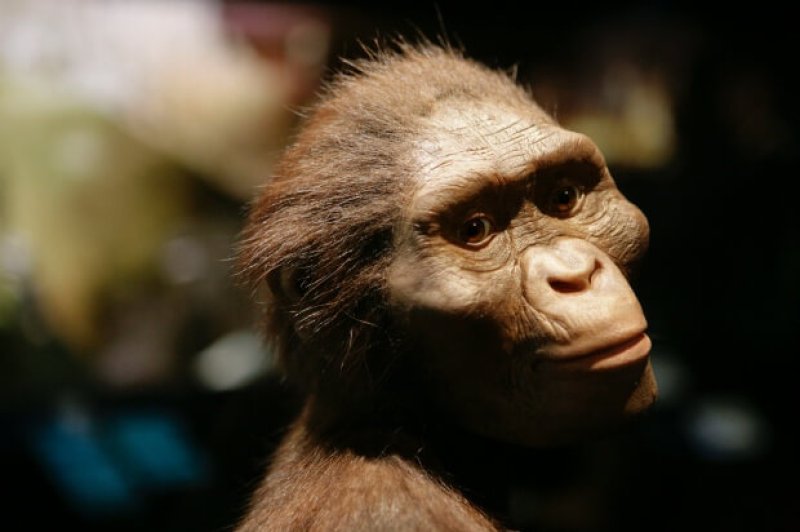In 1974, scientists working in Ethiopia uncovered an extraordinary female skeleton, whom they called Lucy. She was 3.2 million years old, and belonged to a new species of hominid now known as Australopithecus afarensis.
…
[Now,] John Kappelman…thinks that Lucy fell—from the tree, to her death, and into history.…
[When studying Lucy,] Kappelman…had access to a high-resolution, state-of-the-art machine…Along the way, he noticed a set of severe and unusual fractures on Lucy’s right humerus—the long bone of her upper arm…After scouring through old papers, Kappelman realized that these kinds of breaks are typically caused by long falls.…
[M]any of Lucy’s fractures are greenstick ones where the broken bones are still partly connected, and little bone slivers are still stuck to the site of the breaks.The GLP aggregated and excerpted this blog/article to reflect the diversity of news, opinion and analysis. Read full, original post: What Killed the World’s Most Famous Fossil?































